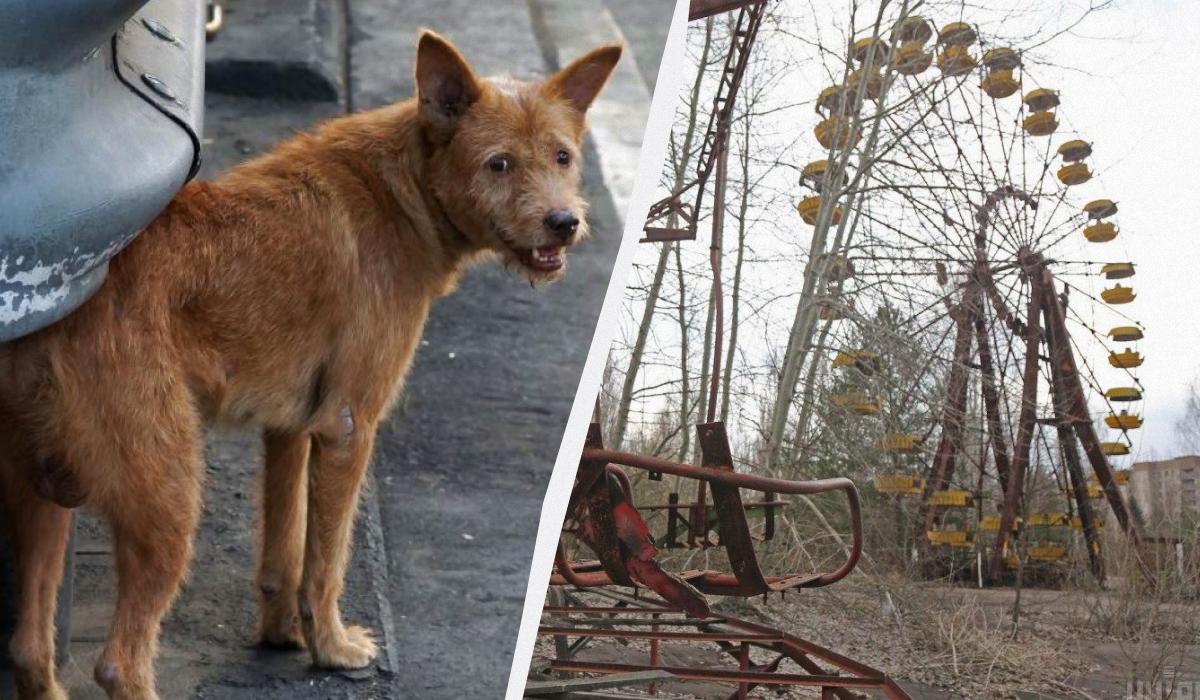
A new study has shown that these dogs are genetically different from their relatives outside the exclusion zone, URA-Inform reports.
In 1986, after the Chernobyl disaster, thousands of dogs became homeless due to the mass exodus of people from the zone. Animals that people kept in their yards were abandoned in the irradiated area around the nuclear power plant. Over the past decades, these dogs have formed an independent population, which now numbers about 800 individuals living in the most contaminated areas.
The study found that the feral dog population had undergone rapid evolutionary changes over the past 40 years. The genetic profile of these animals had changed so much that they could be distinguished from other dogs based on their DNA composition. The discovery is one of the most interesting in the science of animal adaptation to extreme conditions.
But dogs aren't the only animals that have been altered in the Chernobyl zone. Some bird species have unique gut microbiomes, tree frogs have changed color, and wolves have developed altered immune systems that allow them to adapt to the contaminated environment.
Although many scientists believe that radiation may be one of the causes of mutations and changes in animals, a new study does not support this hypothesis. An assessment of the mutation rate in two major dog populations in the Chernobyl zone showed no clear evidence that radiation was a major factor in the evolution of these animals.
Scientists are putting forward a new hypothesis that these genetic changes may be a result of natural selection, but further research is needed to confirm this theory.
It will also be interesting to learn about what signs and symbols indicate that a guardian angel supports us.

